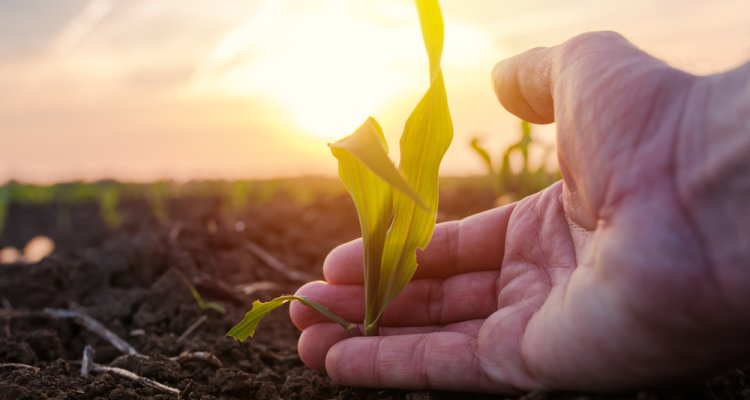
News
The need to enhance crop, livestock and aquatic genetic diversity in food systems
A recently published report based on research carried out by Wageningen Research discusses the current status and trends of crop, livestock and aquatic genetic diversity (CLAGD), in relation to food systems.
The report discusses the impact of decreasing or enhanced use of CLAGD (both within and across species and varieties) in relation to four different food system dimensions: 1) safe and healthy diets, 2) food security, 3) inclusiveness and equal benefits, and 4) sustainability and resilience. In addition, the authors highlight key topics for future research and policy recommendations for strategies that will help increase the use of CLAGD.
Genetic diversity in crops, livestock and aquatic species
As the authors point out in the introduction of the report, the first global assessment of biodiversity for food and agriculture (FAO, 2019) clearly states that “biodiversity for food and agriculture is indispensable to food security [...]”. Although a clear consensus on standards for measuring and monitoring CLAGD is lacking, it is clear that the use of genetic diversity in food systems shows a declining trend. However, while - as this statement attests - adequate conservation and sustainable use of CLAGD is essential, major gaps remain, and the decline in CLAGD can pose serious threats in the long run (e.g. increased disease and pest vulnerability, reduced resilience, increased economic vulnerability, limited food security, and insufficient diversity in breeding crops or animals for other or changing systems or circumstances).
Barriers regarding the declining trends in genetic diversity
There are several barriers for addressing the decline in CLAGD. Some barriers are different for the crop, livestock and aquaculture sectors, but there are also general observations that are highlighted in the report (e.g. barriers regarding economies mechanization and legislation). For the livestock sector, the balance between price of livestock products, environmental impacts and animal welfare is a major challenge; although improved sustainability and increased genetic diversity are definitely possible, this can only happen if subsequent links in the production chain, as well as consumers, are willing to adapt.
Enablers for improving CLAGD
There are, however, also enablers or levers that can help increase the use of genetic diversity. Some examples that are mentioned in the report are the potential of multiple species within systems (e.g. mixed crop-livestock, multi-species livestock systems and agroforestry systems) which will contribute to a better soil quality, more carbon sequestration and a lower CO2 footprint. Underutilized species and local breeds/varieties could potentially play a larger role in diversified production systems. Also, strengthening collaboration is needed in research across different disciplines and with local parties and stakeholders. Finally, marketing approaches should be used to add value to diversified food systems and to increase the attractiveness of increased diversity of products among consumers.
These (and more) options to enhance diversification in food systems should be further investigated. Another report will be published soon on how the breeding sector and further research can support a new balance between enhancing genetic diversity, meeting sustainability objectives and securing food systems.